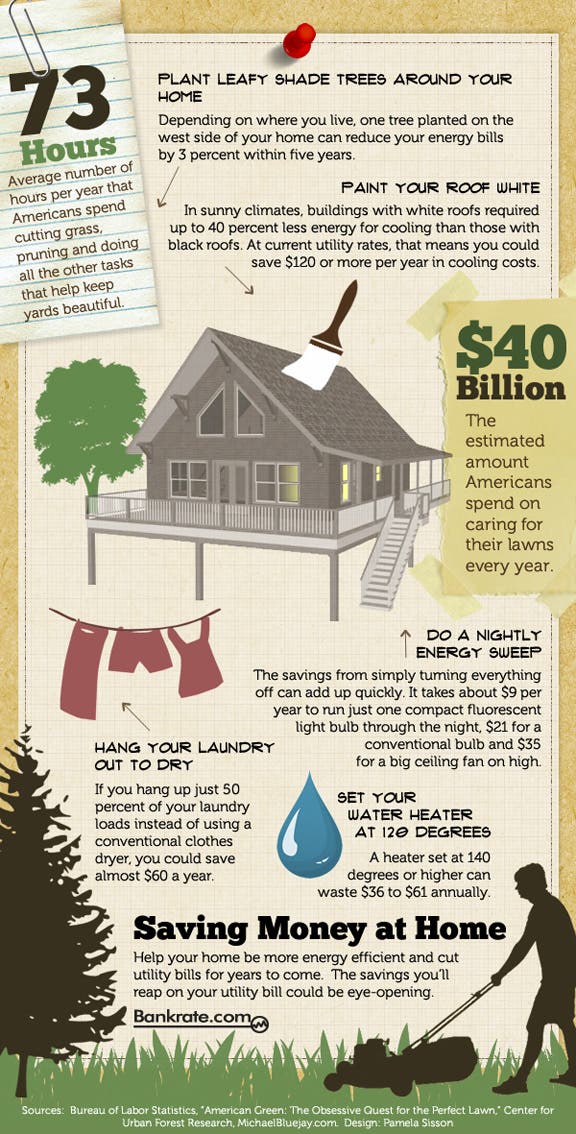Tree Preservation: Signs That Indicate The Need For Elimination
Tree Preservation: Signs That Indicate The Need For Elimination
Blog Article
Composed By-Damm Levy
If you have actually ever wondered about the destiny of the trees on your property, comprehending when it's time for elimination is essential. But how do you determine if a tree can be saved or if removal is the only option? By looking for certain signs and evaluating safety risks, you can make enlightened choices that benefit both your landscape and your environments. Allow's discover the crucial factors that come into play when deciding the fate of a tree and exactly how you can make sure the most effective result for your eco-friendly buddies.
Indicators of Tree Decrease
If you discover any of the complying with indications of tree decline in your yard, it may be time to consider tree elimination.
One usual indicator is dead or worn out branches, which can indicate underlying issues influencing the tree's wellness. Watch out for discolored or wilted leaves that linger despite appropriate care, as this could be a sign of condition or bugs.
An additional warning signal is extreme leaning or an obvious change in the tree's base, which may recommend root concerns or structural instability. Keep an eye out for fungal development on the trunk or roots, as this can show rot and compromise the tree's security.
Furthermore, if you observe large cracks in the trunk or significant limbs, it's critical to address these problems immediately to prevent potential risks. Addressing these signs of tree decline without delay can help keep the security and appearances of your yard environment.
Security Problems
To ensure the wellness of your home and those around you, focusing on security issues connected to trees is paramount. Trees can posture different safety dangers if not appropriately preserved. relevant site or worn out branches may drop all of a sudden, endangering individuals or damaging structures.
Leaning https://www.bobvila.com/slideshow/25-ways-to-beautify-your-yard-without-planting-a-thing-52915 can also be dangerous, particularly if they're leaning in the direction of a structure or high-voltage line. Furthermore, trees with comprehensive root systems near structures or underground energies can create considerable damages with time.
It's critical to regularly examine your trees for any kind of indications of prospective threat. Keep an eye out for cracks in the trunk, huge cavities, or signs of illness and decay. If you notice any of these problems, it's finest to seek advice from a professional arborist to analyze the scenario and establish the required course of action.
Taking aggressive steps to address safety worries promptly can avoid mishaps and residential property damage in the future. Bear in mind, the safety of your residential or commercial property and those around you ought to constantly be the leading priority when it pertains to tree maintenance.
Consulting an Arborist
When thinking about the health and wellness of your trees, speaking with an arborist is a crucial step. Arborists are trained experts who focus on the care and maintenance of trees. They can examine the total wellness of your trees, recognize any type of concerns such as diseases or structural problems, and give professional recommendations on the most effective strategy.
By consulting an arborist, you can receive beneficial insights right into the problem of your trees and identify whether elimination is necessary. Arborists have the knowledge and experience to assess the dangers associated with maintaining a tree versus removing it. They can also offer assistance on different options, such as trimming, cabling, or supporting, to aid protect the tree whenever feasible.
Additionally, arborists can assist you navigate any type of regional regulations or permits that might be needed for tree removal. Their proficiency can make sure that the process is carried out safely and in conformity with any type of relevant regulations.
Verdict
To conclude, when identifying whether trees can be conserved or if removal is needed, it is essential to take into consideration indications of decrease and safety issues. Consulting an arborist for a thorough evaluation is necessary in making the most effective choice for the tree's wellness and potential threats. Remember, proactive care and timely action can help maintain trees and prevent crashes.
